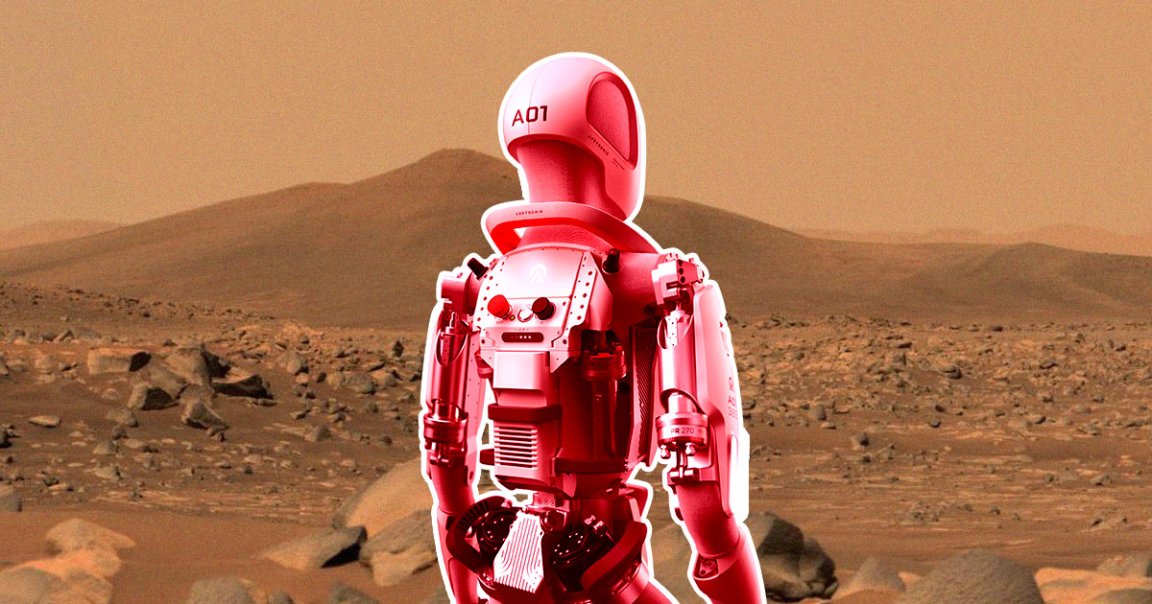
Paranoid Android
It almost feels like outer space is designed to kill you, from massive amounts of radiation to extreme temperatures.
To offload mundane and dangerous tasks from astronauts, NASA has invested in Austin-based startup and longtime collaborator Apptronik, which develops humanoid robots.
The company’s offerings could potentially assist astronauts on future missions on the Moon, Mars and beyond or even serve as remote-controlled drones, “avatars” so to speak, for humans back on Earth, according to a NASA statement.
In its current form, Apptronik’s robot is called Apollo, a five-foot-eight, 160-pound humanoid robot with a four-hour battery pack. The company has already collaborated with NASA on other robots like the older NASA bot Valkyrie 2.
Apollo is currently set for Earth-bound activities, completing far more mundane tasks like assisting in warehouses and manufacturing plants. The company is also planning to have the robot take care of elderly people or even make home deliveries around the neighborhood.
But in outer space, a humanoid robot could be used for far more adventurous pursuits, like exploring caves or subsurface pits on the lunar surface.

Moon Bot
The agency has closely collaborated with Apptronik on Apollo to make the robot modular and have “different levels of dexterity, autonomy, and the ability to utilize tools depending on which tasks it needs to perform,” according to the statement. For example, Apollo can walk on two legs or be stationary while bolted to a platform.
A promotional video by Apptronik shows the robot doing various tasks in a warehouse setting alongside humans. It can walk, amble backwards, and pick up objects, but it doesn’t exactly appear to have the dexterity required for complex missions in deep space just yet.
NASA reported that they had also worked with Apptronik to make sure it has “mobility and software features” that would make it safe to operate alongside humans. After all, the last thing human astronauts need is a humanoid gone rogue.
If proven successful, these robots could give NASA an important edge while establishing a permanent presence on the lunar surface or perhaps even on Mars. And that’s more important than ever as the space race is really starting to heat up.
More on NASA: NASA’s Releases Name of Its First-Ever “UFO Czar” After Threats